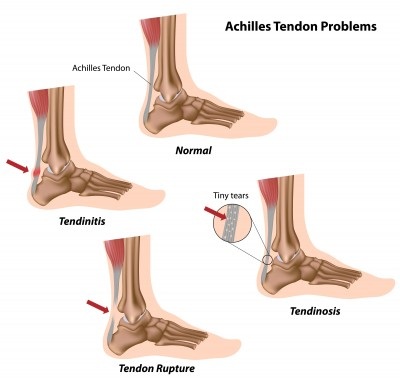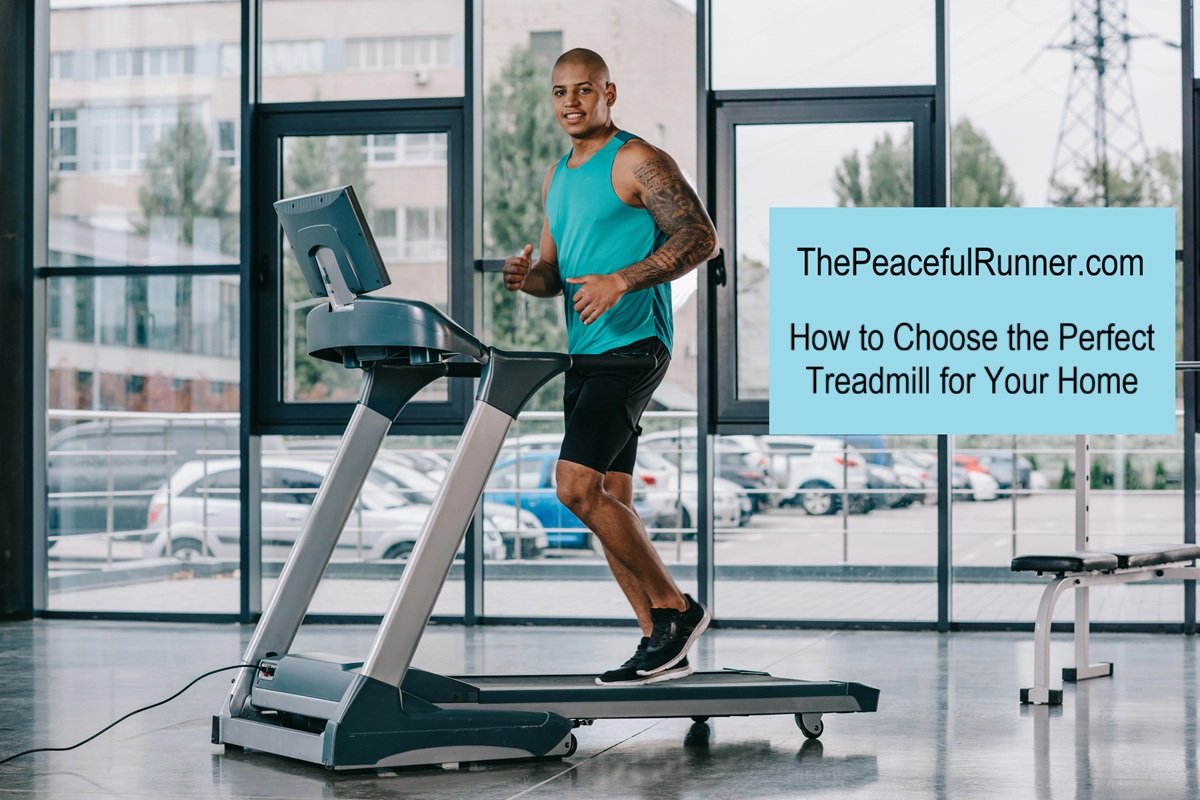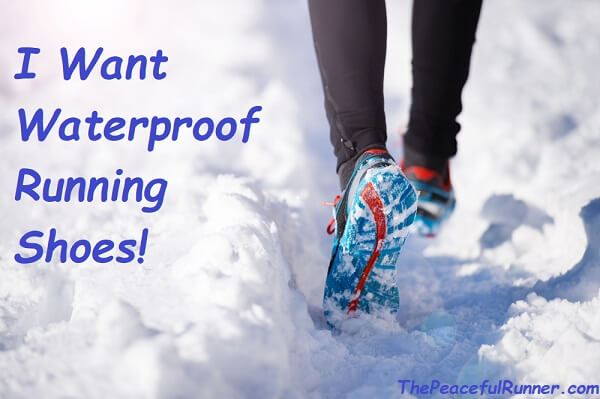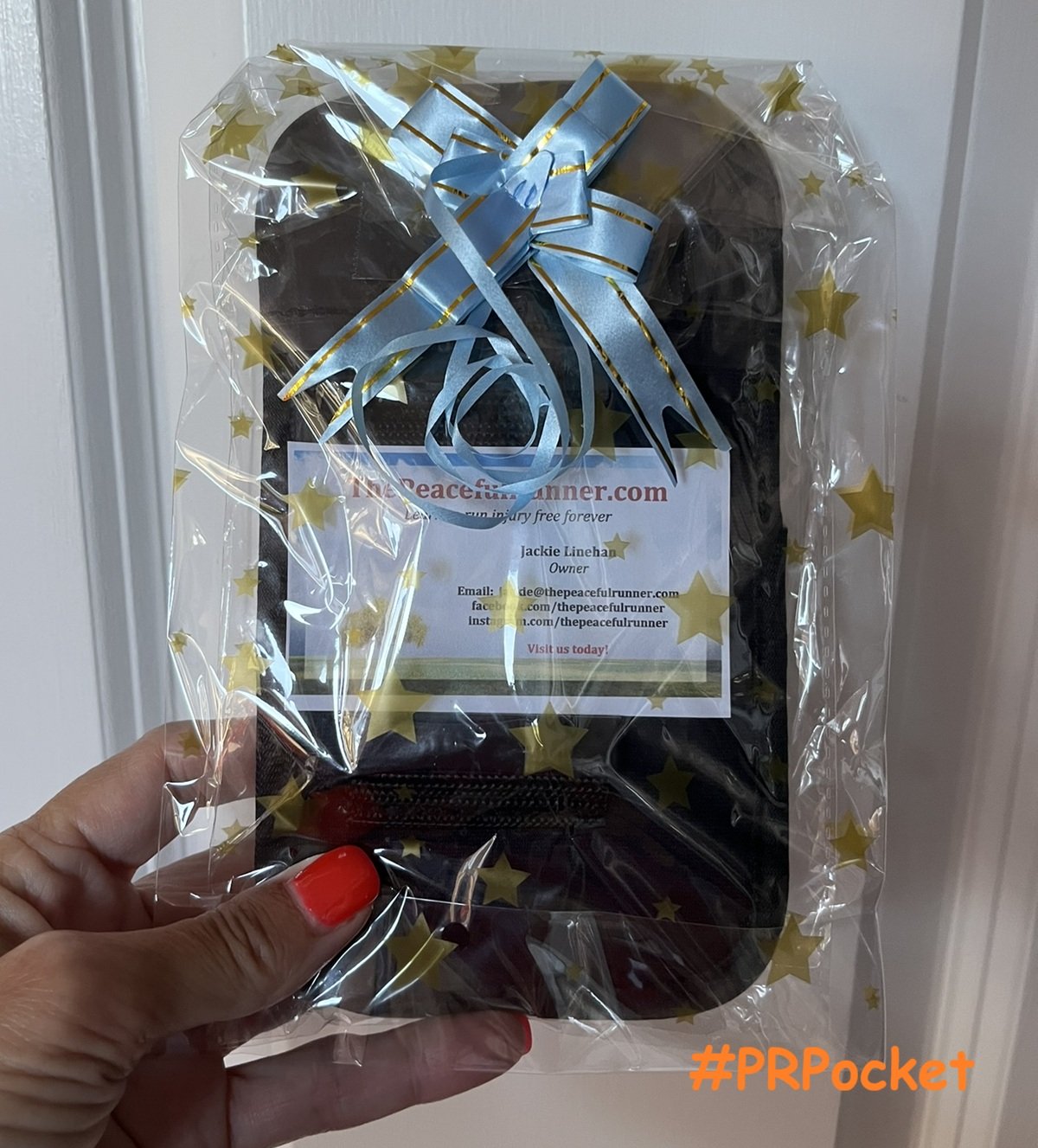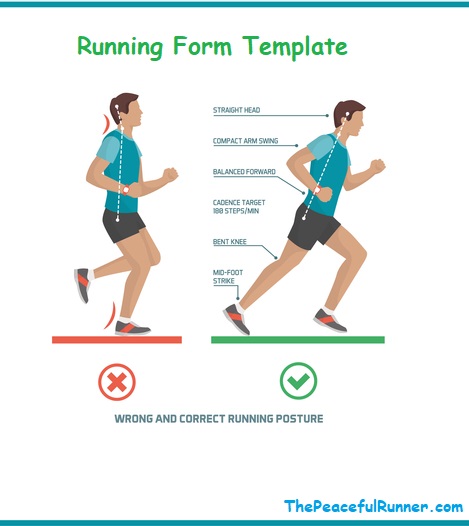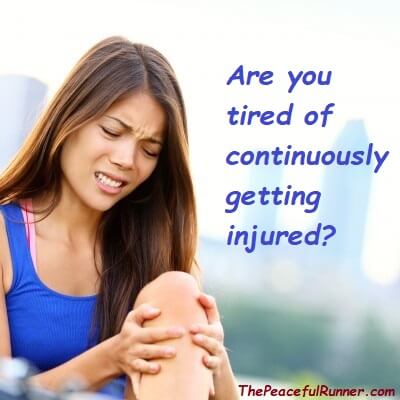- Home
- Running Injuries
- Achilles Tendonitis
What is Achilles Tendonitis?
FTC Disclosure: As an Amazon Associate, I earn from qualifying purchases. Learn more
Achilles tendonitis is a common overuse injury in runners. Sufferers often experience a dull or sharp pain along the Achilles tendon--usually close to the heel on the back of the ankle. This large tendon connects the two major calf muscles to the back of the heel bone and it gives us the power to push off.
The term "tendonitis" is misleading as inflammation of the tendon is not the root cause of the problem. There is actual degeneration or damage to the fibers or collagen of the tendon, which can be very painful and often require more than rest to heal. The condition is now often referred to as Achilles tendinopathy. For simplicity, I will refer to the condition in this article as tendonitis.
What are the symptoms?
Symptoms include experiencing ankle pain at the onset of exercise, but eases as you progress and the tendon relaxes. Pain may also be felt when pushing off or when jumping. Pain or stiffness in the morning or after sitting for long periods is common. Ankle flexibility will be reduced and there may be redness or heat over the painful area. The pain usually improves with rest.
There may be a small lump or build up of scar tissue on the tendon. You may also hear a crackling sound caused by scar tissue rubbing against the tendon. Healing often takes a long time because there is limited blood supply to this area. This condition can become chronic, so it is best to take care of it early.
What causes Achilles tendonitis?
Too much stress on the Achilles tendon causes it to become tight and fatigued, and that is when it can become easily injured. It often forms scar tissue, which is less flexible than the tendon. Because it is less flexible, it is more susceptible to injury especially while running. If you continue to put stress on a rigid Achilles tendon, the collagen fibers can tear or rupture.
Our tendons become less flexible as we age so Achilles injuries are more common in older runners. Excessive speed training can also be a factor as increased speed will place increased stress on the Achilles.
Runners new to barefoot running, or those who attempt to transition too quickly, often experience Achilles tendonitis. The lower heel of minimal shoes can place additional strain on the tendon, which the runner's body may not be accustomed to.
Overpronation is another main cause for Achilles tendonitis. If the foot is excessively pronating, the Achilles has to work harder to compensate and stabilize the body.
Other factors include:
- Tight hip flexors
- Tight or weak calf muscles that transfer stress to Achilles
- Lack of flexibility
- Rapid increase in distance or training intensity
- Excessive hill training or speed training
- Inflexible or improper shoes
- Recent change in footwear
- Dorsi-flexing
- Change in running surface or terrain
- Constantly wearing high heels will shorten the tendon and calf muscles
Your Running Shoes May be the Problem!
The Late Gordon Pirie, Olympic medalist and author of Running Fast and Injury Free, suggested that the design of a number of running shoes can cause stress on the Achilles.
Many running shoes feature a raised area at the back of the heel, designed to protect the ankle by covering the Achilles tendon. However, Pirie believed that during running, this section of the shoe actually exerts additional pressure on the tendon, leading to injury.
In his opinion, the top of the part of the shoe behind the heel should not be higher than the heel. He actually suggests cutting off this part of the shoe if needed to reduce the risk of Achilles injuries. Become a member of The Peaceful Runner VIP Club and get access to a PDF copy of his book and other gifts. It's FREE to join!
Recovering from Achilles tendonitis
The Achilles tendon is the largest and strongest tendon in the body and it is also the most vulnerable to injury because of its limited blood supply. There is one particular area around the ankle that is most susceptible to injury as it has the poorest blood supply. This is often where the ankle pain is felt.
It is important to stop running and rest, but rest alone will not heal chronic Achilles tendonitis. You will need to take active measures to help your tendon repair itself. Try self-massaging the area. Use small, circular motions in all directions away from the lump or scar tissue. Ice the area to reduce swelling and keep your foot elevated whenever possible. Anti-inflammatory drugs may be helpful. Ensure you are wearing the correct running shoes and avoid weight bearing activities.
You may need to seek physical therapy or massage therapy to speed recovery. Taping the leg to support the tendon and wearing heel lifts to reduce the strain on the tendon are both common treatments.
It is important to treat and correct the problem early before it becomes a chronic condition. Surgery may be required in extreme cases if a rupture or a tear exists. An MRI can be used to determine if there is a tear.
Eccentric Exercises Speeds Tendonitis Recovery
A study by Dr Håkan Alfredson in 1998 split 30 recreational runners into two groups. One group performed eccentric exercises and the other group did not. The group who used eccentric exercises returned to running within 12 weeks. The other group failed to improve and some of them required surgery. Dr Håkan Alfredson recommends 3 sets of 15 reps twice a day every day.
Another study from the British Journal of Sports Medicine on eccentric training for Achilles gave the following conclusion:
"Daily eccentric training for Achilles tendinopathy is a safe and easy measure, with beneficial effects on the microcirculatory tendon levels without any evident adverse effects in both mid‐portion and insertional Achilles tendinopathy."
Eccentric exercises should only be performed if there is no swelling in the area as you will probably experience some pain as the tendon is lengthened. These exercises are designed so that you do the work on the way down and not when rising up. See the video below that shows how to perform eccentric exercises for Achilles tendonitis.

Get our Guided Running Injury Healing Meditation to speed healing.
You may also be interested in the following articles:
Do you have a Running Injury? Share your running injury story with other runners.
Back to top of Achilles Tendonitis
Return to Are You Prone to Running Injuries?
- Home
- Running Injuries
- Achilles Tendonitis
FTC Disclosure: As an Amazon Associate, I earn from qualifying purchases. Learn more
NEW FEATURE - DISQUS COMMENTS!
Login using Facebook, Twitter, Google or Disqus.
Recent Articles
-
Have you ever had a run where everything suddenly felt effortless?
Dec 18, 25 11:01 AM
-
How to Choose the Best Treadmill for Your Home
Dec 10, 25 07:13 AM
-
Winter Running Tips and the Best Waterproof Running Shoes
Nov 15, 25 01:55 PM
-
When the Music Stops, Awareness Begins
Nov 05, 25 10:54 AM
-
Get yours in time for gift giving!
Oct 24, 25 12:32 PM
-
Change How You Deal with Running Pain
Oct 10, 25 08:53 AM
-
Surprising Benefits of Backwards Running
Sep 15, 25 12:40 PM
-
It's an Awesome Product!
Aug 28, 25 09:25 AM
I went out for a walk this morning and I used the #PRPocket for the first time. I had to check at least 3 times because I thought I lost my phone (iPhone -
Running in Hot Weather: What Every Runner Needs to Know!
Aug 14, 25 01:00 PM
-
Sick of Dieting? You’re Not Alone — And There Is a Better Way.
Jul 30, 25 12:18 PM

